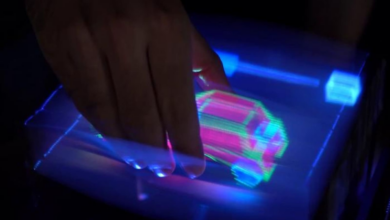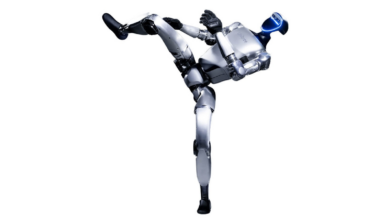Astronomers observe gravitational waves giving high-speed kick to black hole

Astronomers have observed a cosmic event where two black holes merged into one and the subsequent gravitation waves gave the newly formed black hole a high-speed kick at close to 5 million kilometres per hour, according to ScienceNews. The scients documented the observation in a research article titled, “Evidence of large recoil velocity from a black hole merger signal,” accepted the journal Physical Review Letters.
Vijay Varma, the lead author of the research article told ScienceNews that the study of these ‘kicks’ could potentially help scients understand how heavy stellar-mass black holes form.
The newly-formed black hole was launched at that high speed gravitational waves, which are ripples in space-time caused massive objects moving with high accelerations. In this case, the gravitational waves were emitted when the two black holes merging, spiralling inwards and coalescing.
When these gravitational waves shot off in one direction, it caused the black hole to ‘kick’ (launch) in another direction, similar to how a gun recoils when it is used to shoot a bullet.
These waves were detected the Laser Interferometer Gravitational-Wave Observatory (LIGO) and Virgo interferometer in the United States when they reached earth on January 29, 2020. Observation of the waves revealed how the black holes merged.
As both black holes began orbiting each other due to their extremely strong gravitational forces, it caused the plane in which they orbited to rotate. This can be compared to the wobbling of a top as it spins.
The researchers compared the observed data from the event with simulated data from predicted versions of black hole mergers to estimate the kick velocity of the black hole. The researchers found that it was launched at such a high speed that it was probably ejected from its ‘globular cluster’.
Globular clusters are dense groups of stars and black holes where black holes are expected to come together and merge. The research group estimates that there is only a 0.5 per cent chance that this particular black hole stayed in its globular cluster after it got launched due to the velocity.






